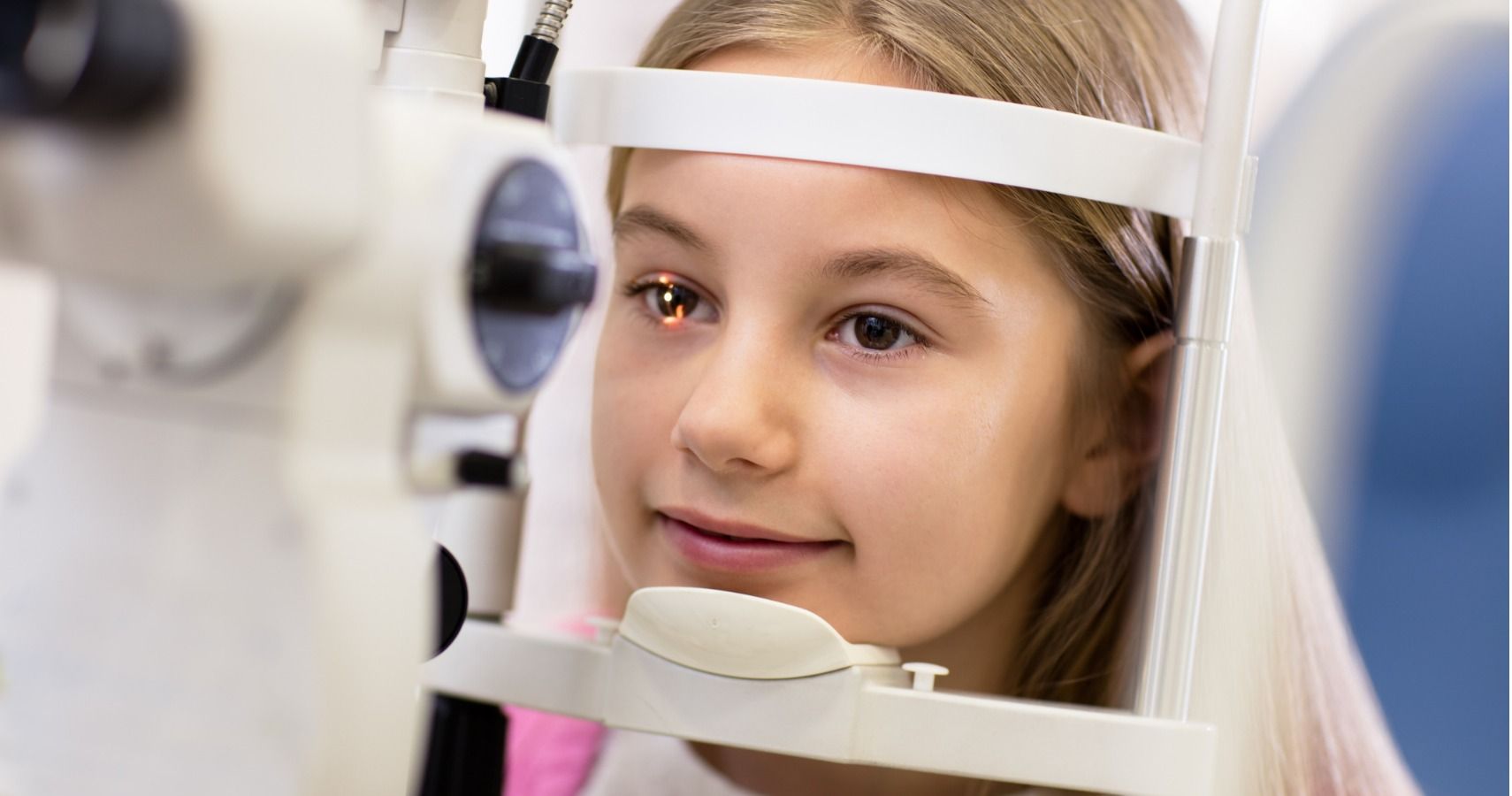There are a number of kids that are living with lazy eye but the problem is, many parents don’t know it, or worse, don’t know how to identify it. Luckily, experts are breaking down all the things that moms and dads need to know when it comes to lazy eye, why it matters, and some of the signs that parents should look out for in their children.
Typically, your child’s pediatrician might tell you that lazy eye is a condition in which an eye with poor vision is caused by underuse, especially in the unused eye in strabismus. The medical term is amblyopia. It usually occurs in early childhood when the nerve pathways between the brain and an eye aren't properly stimulated, the brain favors the other eye.
Now, as far as the cause of a lazy eye, it’s usually because of the imbalance in the muscles that position the eyes. According to the Mayo Clinic, anything that blurs a child's vision or causes the eyes to cross or turn out may result in lazy eye. Even though the condition often develops during childhood, many adults can get it later on in their lives, too. Regardless of the cause, it can almost always be fixed.
For parents, some of the symptoms to look out for include a wandering eye, eyes that may not appear to work together, or poor depth perception. Both eyes may be affected. But here’s something to keep in mind: vision in the amblyopic eye may continue to decrease if left untreated. The brain simply pays less and less attention to the images sent by the amblyopic eye. Eventually, the condition stabilizes, and the eye is virtually unused.With that being said, it is important that parents don’t ignore the condition, as kids with lazy eye may be at higher risk of mental health problems like attention deficit hyperactivity disorder, which is better known as ADHD.
Now, as far as treatment, thankfully there are several options. It can include anything from having your child wear eye patches, glasses, or use daily eye drops. In some cases, your child might need lenses or surgery, depending on how extreme their lazy eye condition may be, especially if it is affecting their vision.

